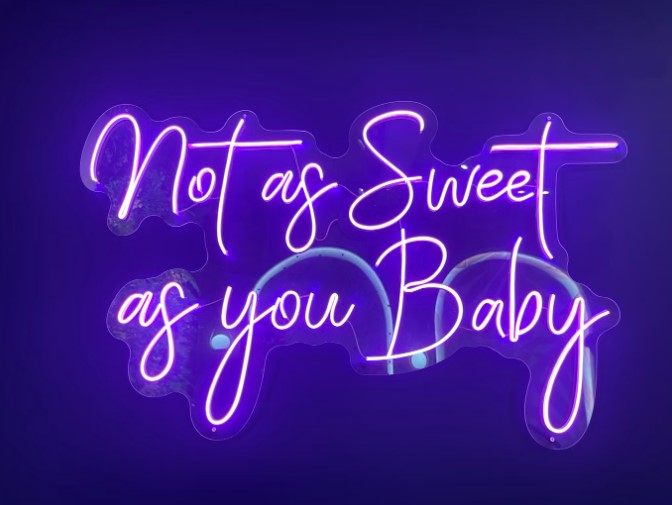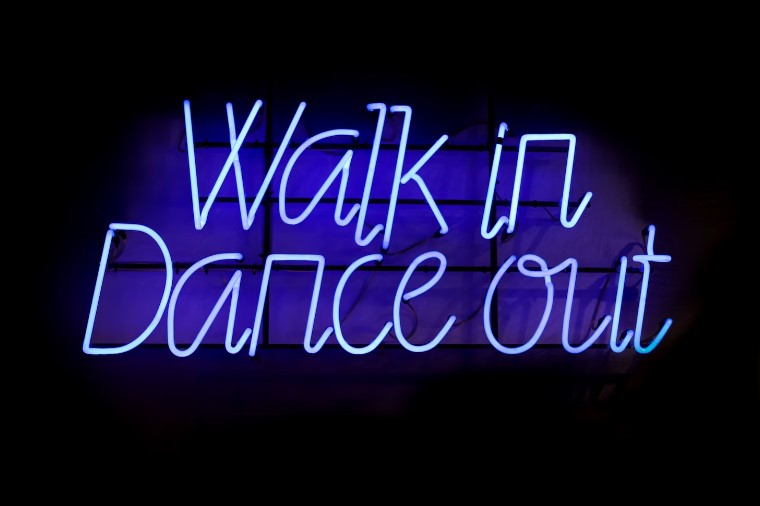
01 Dec When Did Neon Signs Become Popular? Unveiling the Illuminated Evolution
Neon signs, with their mesmerizing glow and vibrant hues, have become an integral part of our urban landscapes. From guiding us to open storefronts to gracing the facades of iconic landmarks, neon signs have a rich history that illuminates the evolution of advertising and aesthetics.
Neon signs didn’t just pop into existence; their journey is a fascinating tale of innovation, cultural shifts, and technological advancements. As we explore when neon signs became popular, we embark on a journey through time, tracing the origins of these luminous creations and understanding their impact on our visual culture.

The Emergence of Neon Signs
The story begins with the early experiments in neon lighting during the late 19th century. Inventors tinkered with noble gases, paving the way for the first commercial use of neon signs in the early 20th century. The initial allure was undeniable—the vibrant glow captured attention in ways traditional signage couldn’t.
Popularity Boom
Fast forward to the roaring twenties, a period marked by cultural and artistic dynamism. Neon signs became synonymous with the glitz and glamour of the era, adorning theaters, bars, and storefronts. Businesses embraced neon as a powerful tool for attracting customers, and the entertainment industry embraced the luminous trend.
Iconic Neon Signs
Some neon signs transcended mere advertisements to become cultural icons. From the iconic “Welcome to Las Vegas” sign to the neon brilliance of Times Square, these creations became synonymous with the places they adorned, shaping the visual identity of cities around the world.
Cultural Shifts and Neon Sign Trends
The mid-20th century saw shifts in design and cultural preferences, influencing the aesthetics of neon signs. Technological advancements allowed for more intricate designs, and neon signs became a canvas for artistic expression.
Challenges and Decline
However, neon signs faced challenges with the rise of LED technology. Economic factors also played a role in the decline of neon, as businesses sought cost-effective alternatives. Despite these challenges, neon signs persisted in niche markets and as vintage collectibles.
Revival of Neon Signs
The 21st century witnessed a resurgence of interest in neon signs, fueled by nostalgia and a renewed appreciation for vintage aesthetics. Modern applications of neon signs in art, design, and business showcase their timeless appeal.
Neon Signs vs. LED Neon Signs
In the ongoing debate between neon and LED neon signs, each has its merits. While neon signs offer a classic glow and artistic potential, LED neon signs provide energy efficiency and flexibility in design. Consumer preferences vary, contributing to a diverse signage landscape.
Neon Signs in Art and Design
Neon signs have transcended commercial use to become an art form. Renowned artists utilize neon as a medium for expression, creating installations that merge light and design. This artistic dimension adds depth to the cultural significance of neon signs.
Neon Signs in Today’s World
In the contemporary urban environment, neon signs continue to play a vital role. Beyond advertising, they contribute to the aesthetic identity of neighborhoods. Social media has amplified the visual impact of neon, making it a symbol of modern cool.
Benefits of Neon Signs
The visibility and attention-grabbing nature of neon signs remain unparalleled. Businesses appreciate the customizable options, allowing them to create distinctive signage that sets them apart in a crowded marketplace.
Environmental Considerations
As environmental consciousness grows, questions arise about the sustainability of neon signs. Innovations in eco-friendly neon technology aim to address concerns, making neon a more environmentally responsible choice.
Neon Sign Collecting
For enthusiasts, collecting vintage neon signs is more than a hobby; it’s a passion. Rare finds and well-preserved relics from the neon heyday hold both historical and monetary value, creating a niche market for collectors.
Future of Neon Signs
Looking ahead, the future of neon signs appears bright. Ongoing innovations in neon technology promise new possibilities, ensuring that neon will continue to captivate and illuminate our surroundings.
Conclusion
In conclusion, the journey of neon signs from their humble beginnings to the cultural phenomena they are today is a testament to their enduring appeal. As we navigate the modern world, neon signs persist as beacons of creativity, nostalgia, and visual allure.
Are neon signs still relevant in the age of digital advertising?
Absolutely! Neon signs offer a unique, nostalgic charm that digital displays can’t replicate.
Can I customize a neon sign for my business?
Yes, many businesses offer custom neon sign designs to suit your brand and style.
What makes vintage neon signs valuable?
Rarity, historical significance, and preservation condition contribute to the value of vintage neon signs.
Do LED neon signs last longer than traditional neon signs?
LED neon signs generally have a longer lifespan and are more energy-efficient.
How can I start a neon sign collection?
Attend auctions, connect with collectors, and research reputable sources to start your collection.

